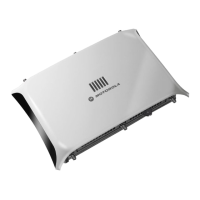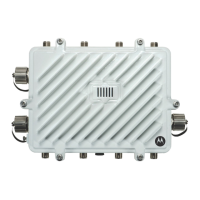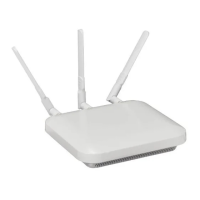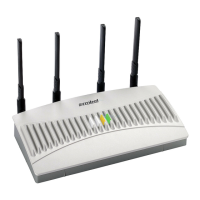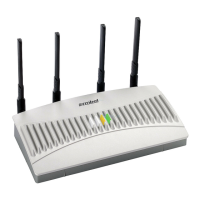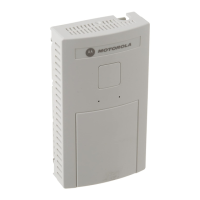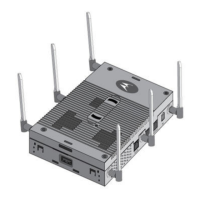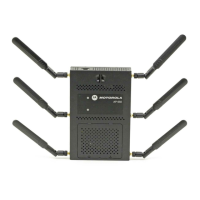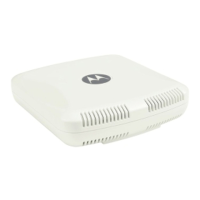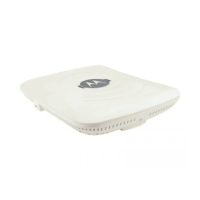AP-7131 Access Point Product Reference Guide
6-8
6. Click Apply to keep changes made within the New Security Policy screen (if any).
Configure encryption or authentication supported security policies by referring to the
following:
access point authentication:
• To create a security policy supporting Kerberos, see, Configuring Kerberos Authentication
on page 6-8.
• To define a security policy supporting 802.1x EAP, see Configuring 802.1x EAP
Authentication on page 6-11.
access point encryption:
• To create a security policy supporting WEP, see Configuring WEP Encryption on page 6-16.
• To define a security policy supporting KeyGuard, see, Configuring KeyGuard Encryption on
page 6-18.
• To configure a security policy supporting WPA/TKIP, see Configuring WPA/WPA2 Using
TKIP on page 6-21.
• To create a security policy supporting WPA2/CCMP, see Configuring WPA2-CCMP (802.11i)
on page 6-24.
7. Click Cancel to return to the target WLAN screen without keeping any of the changes made
within the New Security Policy screen.
6.4 Configuring Kerberos Authentication
Kerberos (designed and developed by MIT) provides strong authentication for client/server applications
using secret-key cryptography. Using Kerberos, a client must prove its identity to a server (and vice
versa) across an insecure network connection.
Once a client and server use Kerberos to prove their identity, they can encrypt all communications to
assure privacy and data integrity. Kerberos can only be used on the access point with Motorola 802.11b
clients.
WPA2/CCMP
(802.11i)
Select the WPA2/CCMP (802.11) button to display the WPA2/
CCMP Settings field within the New Security Policy screen. For
detailed information on configuring WPA2/CCMP, see Configuring
WPA2-CCMP (802.11i) on page 6-24.
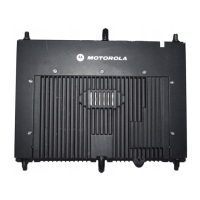
